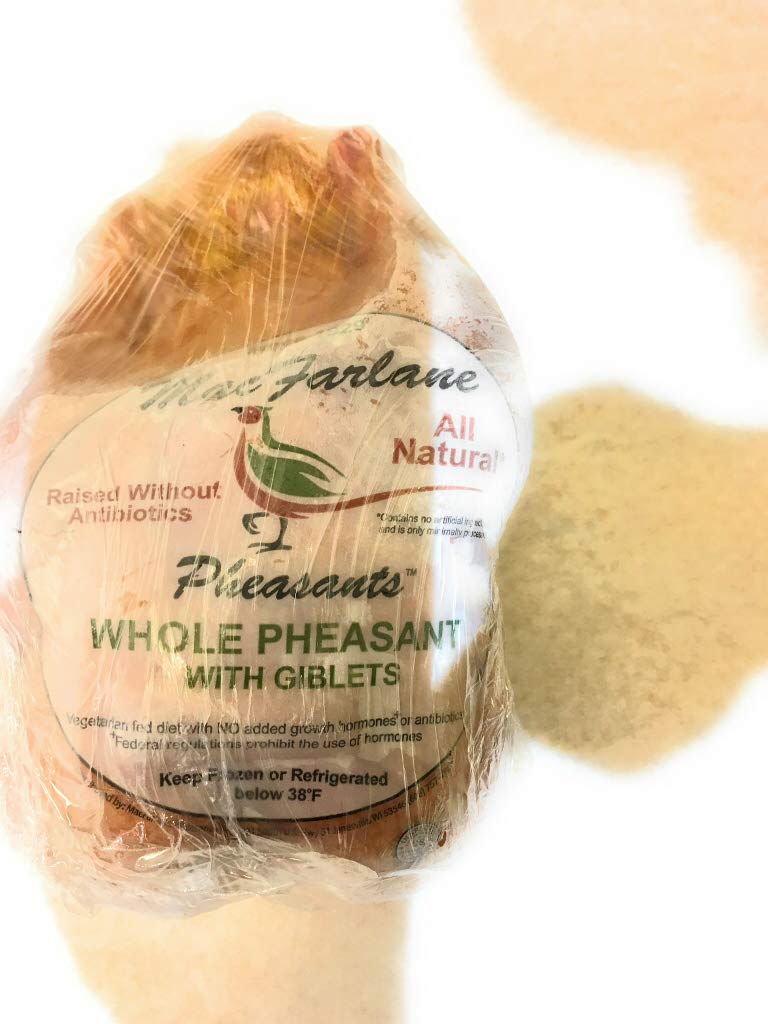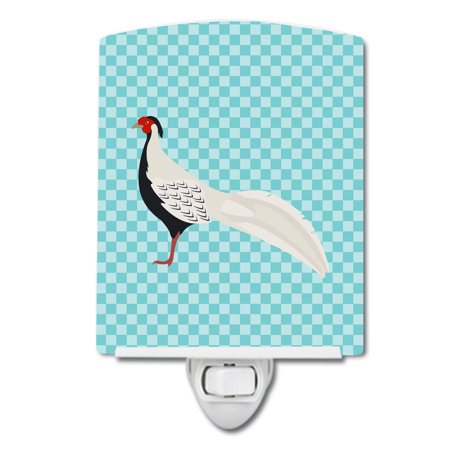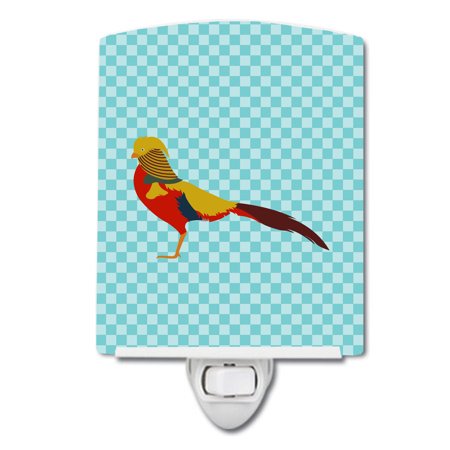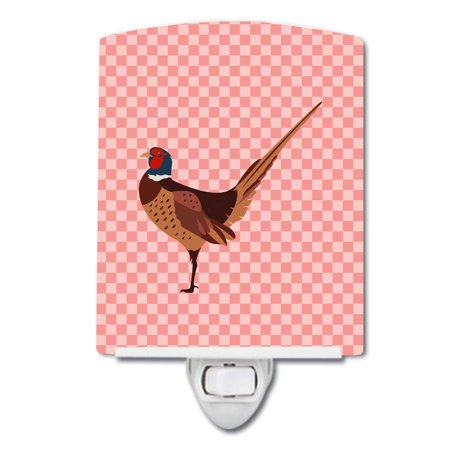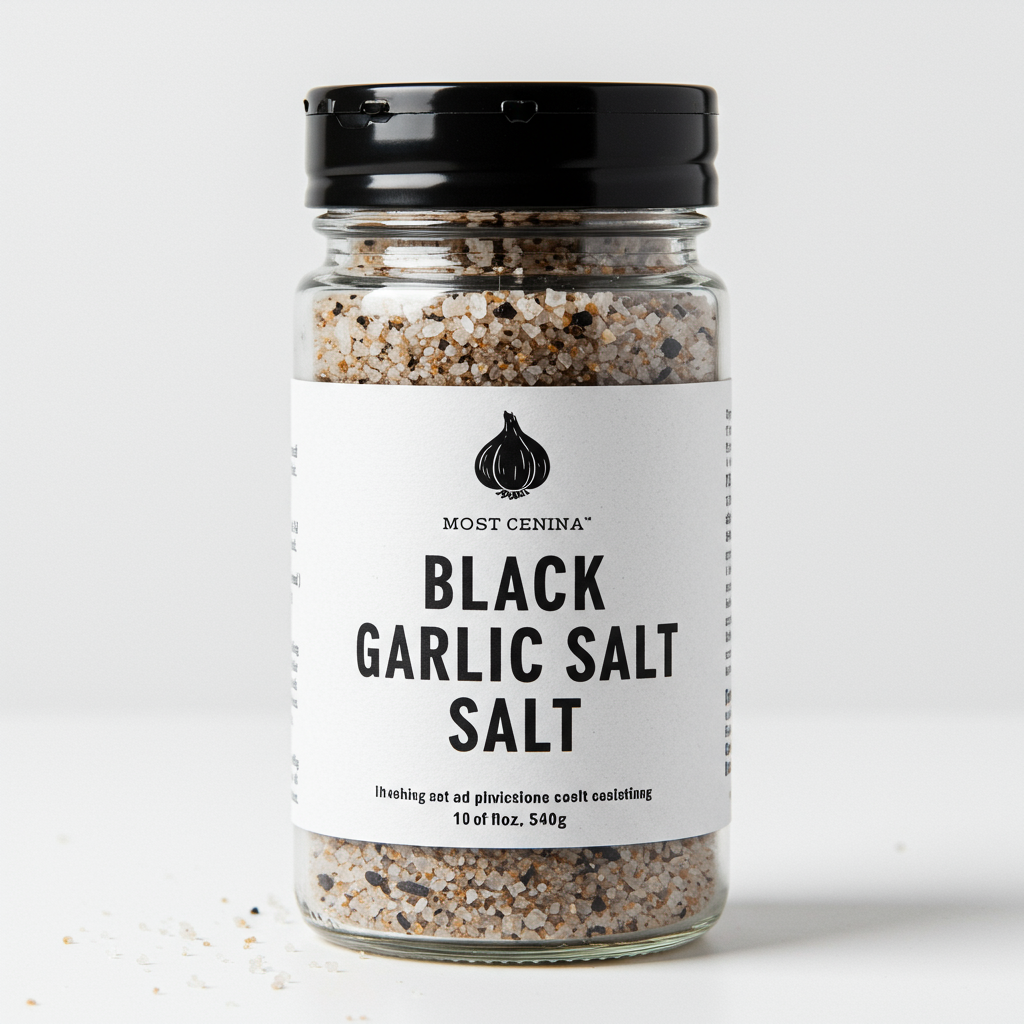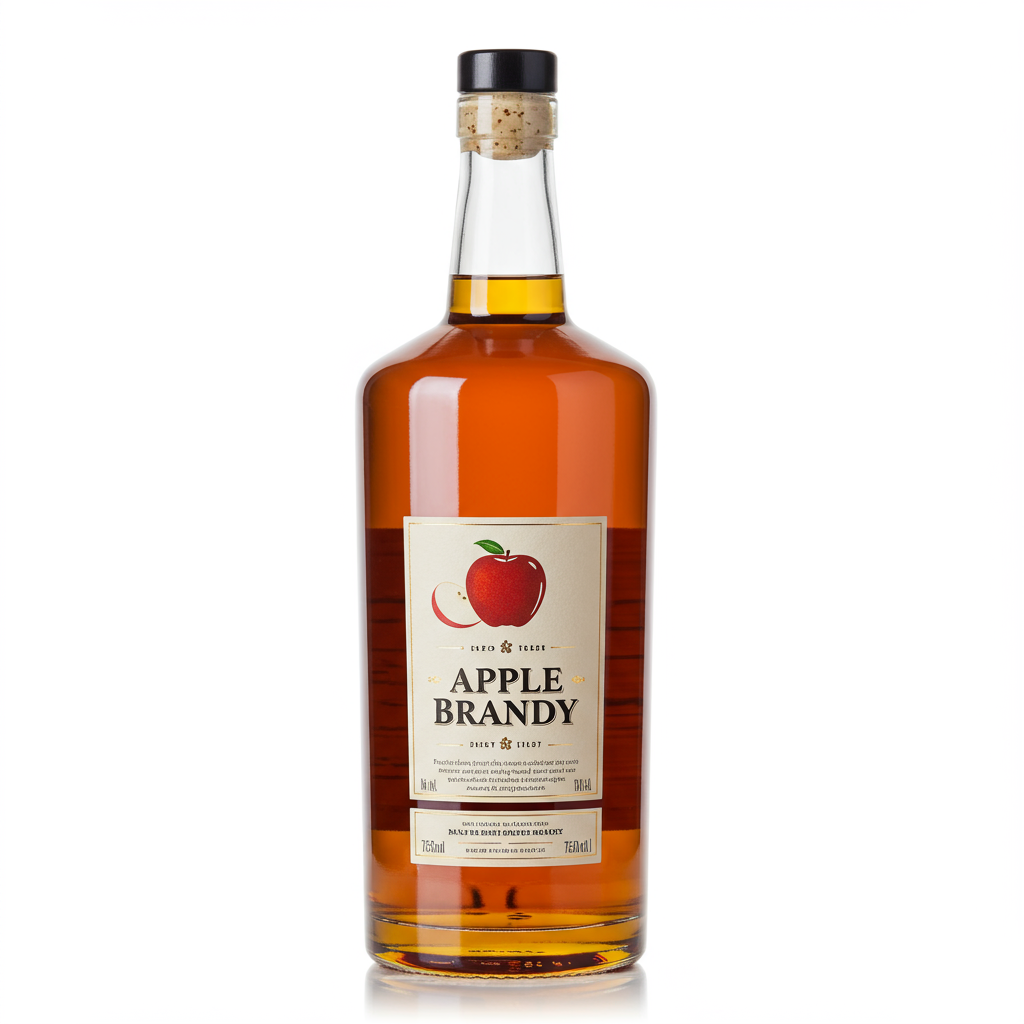MAIN DISHES
SOUPS
APPETIZERS
Pheasant
Pheasant is a game bird that belongs to the Phasianidae family, and is highly regarded for its lean, tender, and flavorful meat. Often found in the wild, as well as in farms specifically breeding for the purpose, pheasants hold a strong presence in both hunting and gourmet culinary fields. The delicate, earthy taste and the low-fat content make them a popular choice among health-conscious consumers and gourmet chefs alike.
Culinary uses of pheasant include roasting, stewing, and grilling, accompanied by a wide range of herbs and vegetables to enhance its natural flavors. Proper preparation and care are key to avoid drying out the lean meat, resulting in a succulent and mouthwatering dish. Pheasant is enjoyed in various recipes, from the traditional British pheasant pot pie to more modern creations, pairing it with various fruits for a sweet and savory balance.
0%
CARBS
29%
FAT
71%
PROTEIN
14 Pheasant Products
MACFARLANE PHEASANTS Whole Pheasant With Giblets
Ring-necked Common Pheasant Blue Check Ceramic Night Light
Silver Pheasant Blue Check Ceramic Night Light
Buffalo Pheasant Feather Handmade Wooden Arrows For Recurve Bow For Target (12Pcs)
Silver Pheasant Pink Check Ceramic Night Light
Golden or Chinese Pheasant Blue Check Ceramic Night Light
Ring-necked Common Pheasant Pink Check Ceramic Night Light
Pheasant Is Frequently Used With
Pheasant FAQ
Cooking with pheasant can be a delightfully unique experience, offering a rich taste that stands out from the more commonly used chicken or turkey. However, it can also pose some challenges, particularly for those unused to dealing with this lean game bird. Several people feel unsure about how to properly prepare, cook, and serve pheasant. One common issue is overcooking. Since pheasant is leaner than domesticated poultry, it requires careful attention to avoid drying out the meat. To get the most out of pheasant, you should consider brining it beforehand to infuse more flavor and maintain moisture, or baste it regularly during the cooking process. Another tip would be to pair it with a slightly sweet ingredient like apples or cranberries to bring out its unique earthy flavor.
A little-known fact about pheasant is that its age and gender greatly affect its taste and tenderness. Younger birds and hens usually have the most tender meat, making them better suited for quicker cooking methods like grilling or sautéing, while older birds and roosters usually have tougher, more flavorful meat that benefits from slow cooking methods like roasting or braising.
In terms of health benefits, pheasant is an excellent source of protein, low in fat and contains a good amount of essential minerals, particularly Selenium, making it a healthy addition to your diet.
Why is my pheasant tough?
How do I cook pheasant so it's not dry?
Should pheasant be pink when cooked?
Is pheasant healthier than chicken?
What does pheasant taste like?
How should I season a pheasant?
Should I marinate pheasant before cooking?
How to tell if a pheasant is young or old?
Can pheasant be substituted for chicken in recipes?
Can pheasant be cooked rare?
Expiration & Storage Tips
When does pheasant expire?
Unopened, fresh pheasant can last roughly 1-2 days in the fridge if it was bought fresh, and up to 1 year if kept deep-frozen. Once the pheasant has been opened or cooked, it should be eaten within 3-4 days in the fridge or kept frozen for up to 4 months for the best quality. If you've received or hunted a wild pheasant, it should be cleaned and refrigerated or frozen promptly, as it will start to spoil very quickly, especially in warm weather.
How do you tell if pheasant is bad?
A spoiled pheasant will depict several distinct changes. You might notice a change in the color from a rosy hue to a dull gray. The bird may develop a slimy or sticky coating. The most apparent sign, however, is the smell. If the pheasant begins to emit a sour, pungent or off smelling odor, it's time to toss it out.
Tips for storing pheasant to extend shelf life
For longer storage periods, freezing your pheasant is an excellent choice. It's better to freeze pheasants in vertical game bags rather than lying flat to make the best use of freezer space.
• Always wrap your pheasant airtight in either plastic wrap, aluminum foil, or freezer paper.
• In the fridge, store it on the bottom shelf in a sealed container to prevent raw juices from contaminating other foods.
• If freezing, it's best to portion out the bird before freezing for easier defrosting and cooking.
• Thawing should always be done in the refrigerator, not at room temperature, to avoid bacterial growth.
• Even though pheasant can be frozen for up to 1 year for safety, try to use it within 4 months for the best quality thought.
EXPIRES WITHIN
6 - 21
DAYS
Health Info
Macros
0g
CARBS
13g
FAT
31g
PROTEIN
Allowed on these diets
LOW FAT
HIGH CALCIUM
KETO
PALEO
WHOLE 30
MEDITERRANEAN
LOW CARB
LACTOSE FREE
GLUTEN FREE

